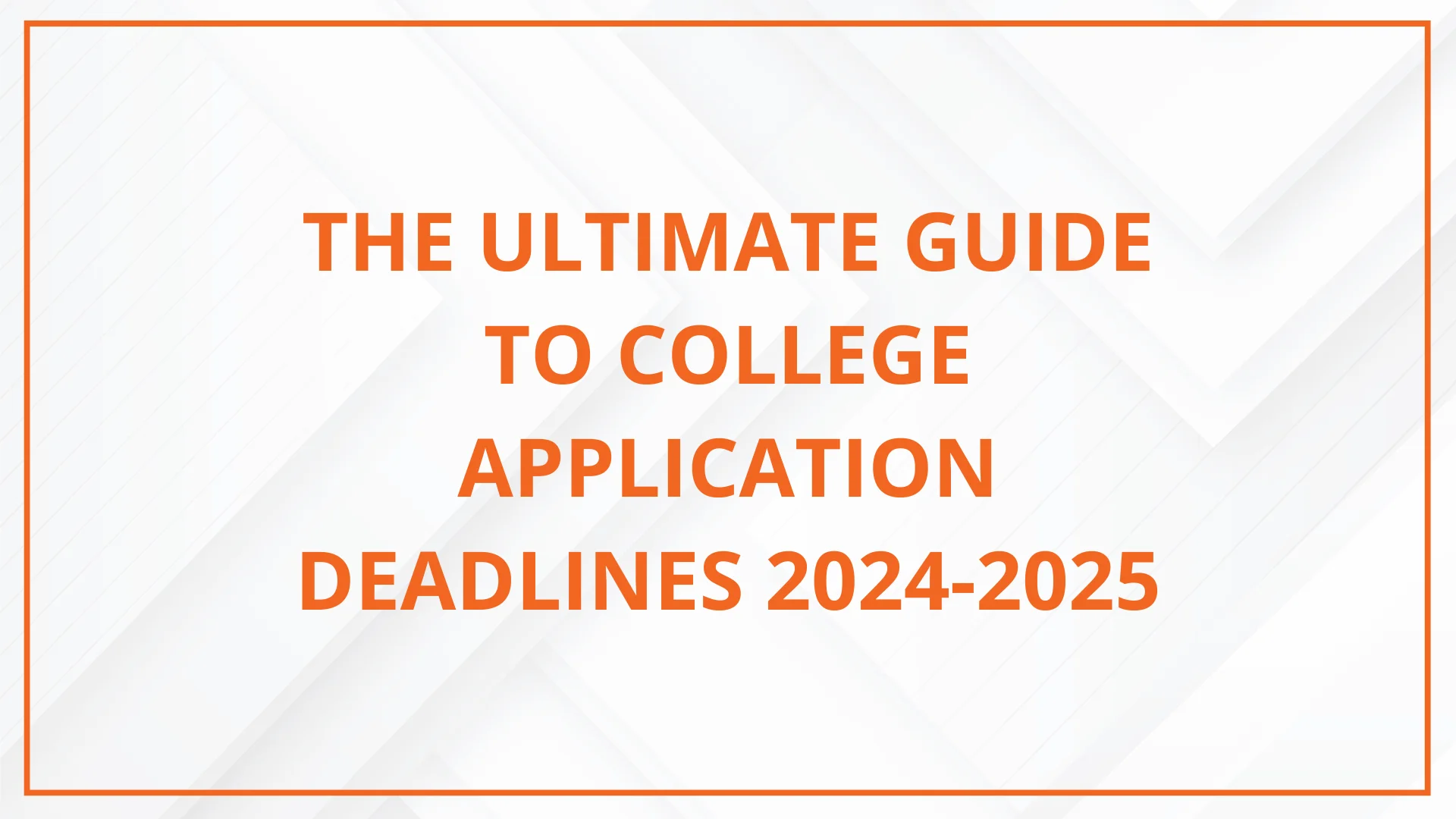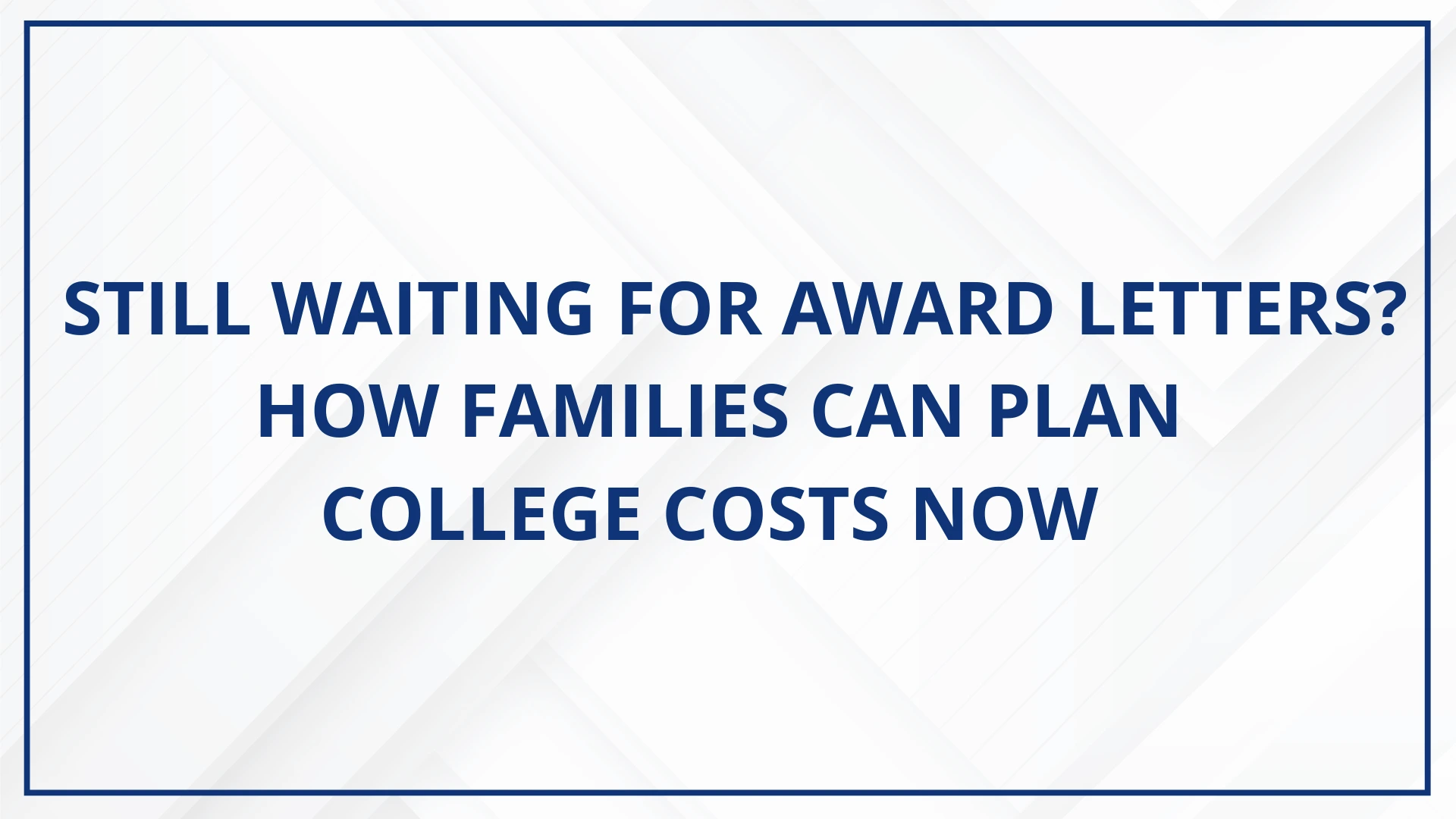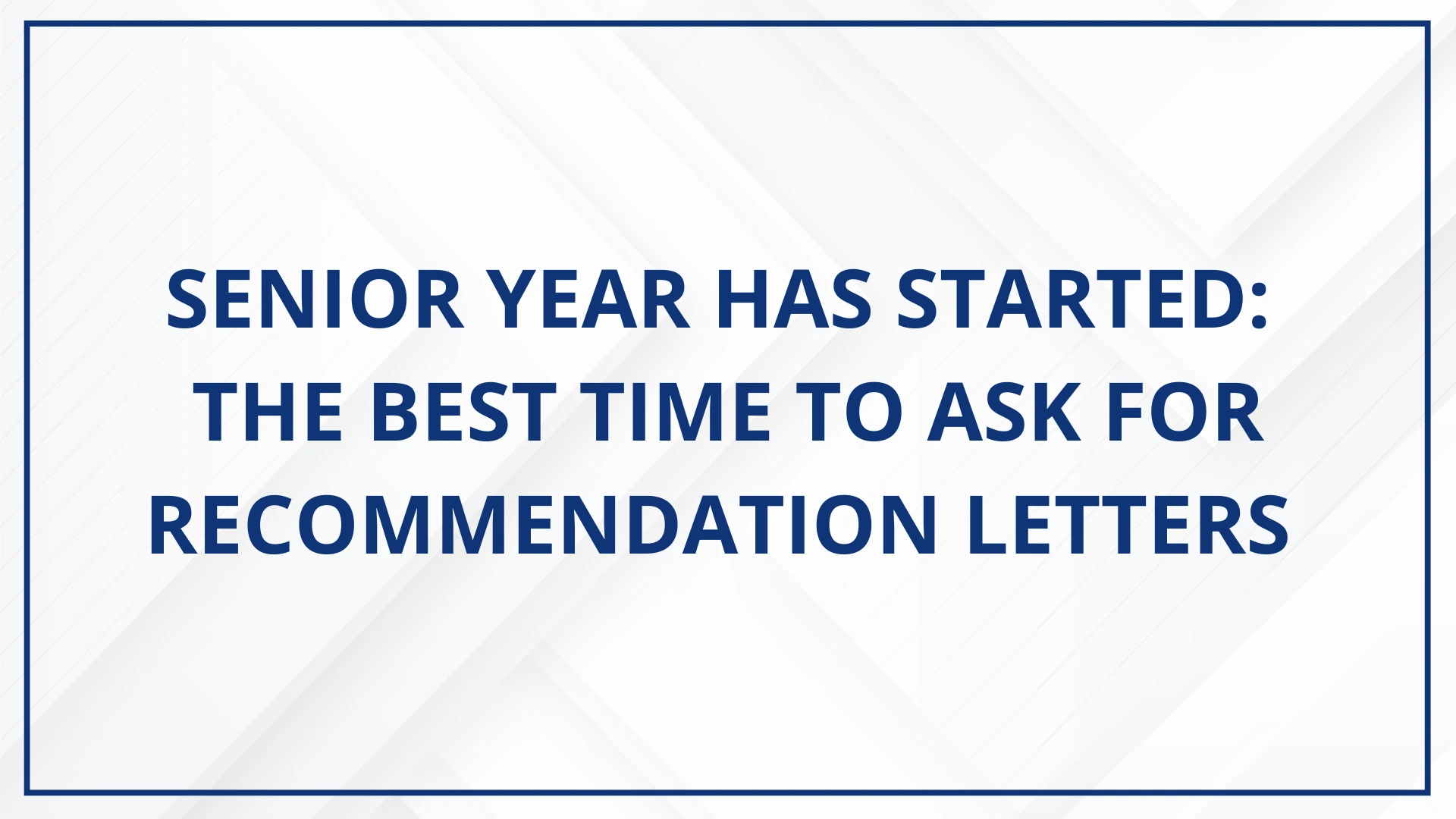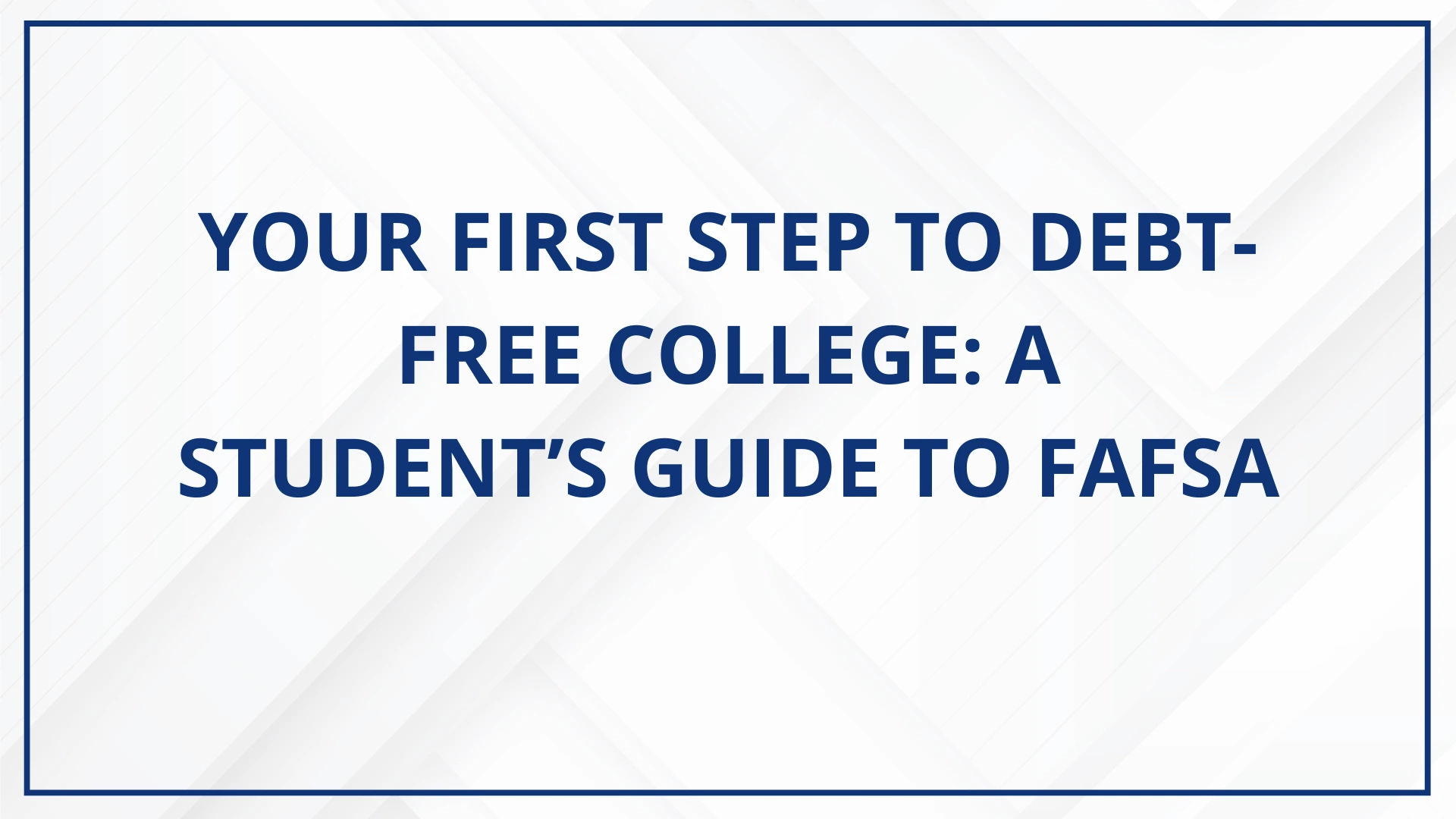The Ultimate Guide to College Application Deadlines 2024-2025
If you’re a high school student planning to apply to college, this is likely one of the busiest times of your academic career. In addition to managing a challenging school schedule, you’ll have to tackle standardized tests, secure recommendation letters, write essays, gather application documents, and more. You must be feeling overwhelmed, but don’t worry, we’ve got you covered.
In this blog, we’ll outline application deadlines for colleges for 2024-2025, share tips on how to stay on track, and provide a step-by-step guide to help you navigate the application process smoothly.
When Should I Apply for College in the Fall?
Deciding when to apply to college requires careful planning. If you’re in high school, I recommend taking the SAT or ACT during 11th grade (junior year) and requesting recommendation letters early. This is especially helpful for students applying for Early Action or Early Decision, as it gives you a head start on the application process.
Early admissions are ideal for students who are prepared to apply ahead of time. Not only do they often have higher acceptance rates, but they also give students the chance to relax and enjoy their final semester of high school. However, keep in mind that both Early Action and Early Decision have earlier deadlines. To ensure you meet these deadlines, it’s important to start the application process during the summer.
For students applying under Regular Decision, it’s important to request recommendation letters by September. Teachers can become very busy during the fall semester, especially during the midterms, so giving them plenty of time will ensure they can write strong, thoughtful letters for you.
Regardless of whether you’re applying Early Action, Early Decision, or Regular Decision, it’s essential to submit your application when you feel confident that it represents your best work. Take the time to review your essays, double-check your documents, and make sure everything is in order. The application process is an opportunity to showcase who you are, so take pride in your submission and make sure you feel good about it before sending it.
How to Stay on Track with Deadlines
Do you have a fear of missing out on the important college application deadlines? Relax; we have some tips that could help you stay on track with deadlines. Here they are:
- Create a Timeline: To stay organized, create a timeline that outlines all the colleges you’re planning to apply to, along with their respective deadlines. Make sure to allocate enough time for writing essays, requesting recommendation letters, and gathering all the necessary documents for each application.
- Organize Application Documents: Gather all the required documents for the application, such as transcripts, test scores, essays, recommendation letters, and more, and organize them in a separate folder or digital file. By keeping all the materials in one place, you can easily submit your application.
- Prepare a Checklist: Prepare a month-by-month checklist to stay on track. For example, in August, plan to finalize your college list and research each college’s application requirements. In September, begin writing your essays and request recommendation letters. In October, finalize your Early Action or Early Decision applications, and so on. With this structured plan in place, you’ll be able to approach the application submission process more systematically.
- Set Reminder: Setting reminders for important dates is very useful. You can use a calendar or digital reminders to set alerts for important deadlines. Be sure to set reminders for application submission dates, financial aid deadlines, and scholarship application deadlines. With regular reminders, you’ll be able to complete tasks on time and avoid the last-minute rush.
Tips for Successfully Navigating the Application Process
We have some tips for you to successfully navigate the application process. Here they are:
- Begin Early: I recommend starting your application as early as possible. Beginning early gives you ample time to complete each component of the application, helping you avoid last-minute stress and hassle. The Common Application opens in August and is accepted by over 900 colleges and universities. By filling it you can get plenty of time to prepare and ensure a smoother process.
- Create a Detailed Planner: Create a detailed planner to keep track of deadlines, required documents, and your progress. Develop a timeline for important tasks such as completing standardized tests (SAT or ACT), writing essays, gathering letters of recommendation, and more. This planner will help you stay organized and ensure you meet all deadlines.
- Get Your Application Material Reviewed: Have your college essay reviewed by teachers, mentors, or counselors, and ask for their feedback. Use their suggestions to refine your essay and ensure it accurately reflects your strengths and aspirations.
- Be Unique: Your uniqueness is what sets you apart from other applicants. Therefore, it’s important to showcase your true self in your essay and interviews. Instead of relying on generic statements, incorporate personal stories that highlight your experiences and aspirations. A personal touch can make a more meaningful impression on the admissions committee.
- Research Thoroughly: It is essential to conduct thorough research on each college you plan to apply to. Start by visiting campuses, either in person or through virtual tours, to get a feel for the environment. Additionally, follow the college’s social media pages to learn more about the institution’s culture, values, and campus life. Pay attention to aspects like student organizations, academic programs, and extracurricular opportunities to ensure that the college aligns with your personal and academic goals. The more informed you are, the better you’ll be able to tailor your application and demonstrate your genuine interest in the school.
- Apply for Financial Aid Early: Financial aid distribution is based on a first-come, first-served basis, so it is crucial to fill out the FAFSA as soon as it becomes available.In addition, be sure to keep track of each college’s specific FAFSA submission deadlines. Start searching for scholarships as early as your freshman or sophomore year to give yourself plenty of time to meet deadlines and maximize your opportunities for funding.

When Are the College Applications Due?
The college applications for fall 2025 enrollment at some of the most well-known U.S. colleges are due on:
| School | Early Action | Early Decision | Regular Decision |
|---|---|---|---|
| Boston College | N/A | Nov 1 / Jan2 | Jan 2 |
| Boston University | N/A | Nov 1 / Jan 6 | Jan 6 |
| Brandeis University | N/A | Nov 1 / Jan 2 | Jan 2 |
| Brown University | N/A | Nov 1 | Jan 3 |
| California Institute of Technology | Nov 1 (restricted early action) | N/A | Jan 3 |
| Carnegie Mellon University | N/A | Nov 1 | Jan 2 |
| Case Western Reserve University | Nov 1 | Nov 1 / Jan 15 | Jan 15 |
| Columbia University | N/A | November 1 | January 1 |
| Cornell University | N/A | November 1 | January 2 |
| Dartmouth College | N/A | November 1 | January 2 |
| Duke University | N/A | November 4 | January 2 |
| Emory University | N/A | November 1 / January 1 | January 1 |
| Georgetown University | Nov 1 | N/A | January 10 |
| Georgia Institute of Technology | Oct 15 / Nov 1 | N/A | January 6 |
| Harvard University | Nov 1 | N/A | January 1 |
| Johns Hopkins University | N/A | November 1 / January 2 | January 2 |
| Lehigh University | N/A | November 1 / January 1 | January 1 |
| Massachusetts Institute of Technology | November 1 | N/A | January 6 |
| New York University | N/A | November 1 / January 1 | January 5 |
| Northeastern University | November 1 | November 1 / January 1 | January 1 |
| Northwestern University | N/A | November 1 | January 2 |
| Princeton University | November 1 (restricted early action) | N/A | January 1 |
| Rice University | N/A | November 1 / January 4 | January 4 |
| Stanford University | November 1 | N/A | January 5 |
| Tufts University | N/A | November 4 / January 6 | January 6 |
| Tulane University | November 15 | November 1 / January 15 | January 15 |
| University of California, Berkeley | N/A | N/A | November 30 |
| University of California, Davis | N/A | N/A | December 2 |
| University of California, Irvine | N/A | N/A | December 2 |
| University of California, Los Angeles | N/A | N/A | December 2 |
| University of California, San Diego | N/A | N/A | November 30 |
| University of California, Santa Barbara | N/A | N/A | December 2 |
| University of Chicago | November 1 | November 1 / January 6 | January 6 |
| University of Florida | November 1 | N/A | January 15 |
| University of Georgia | October 15 | N/A | January 1 |
| University of Illinois Urbana-Champaign | November 1 | N/A | January 5 |
| University of Michigan | November 1 | N/A | February 1 |
| University of North Carolina at Chapel Hill | October 15 | N/A | January 15 |
| University of Notre Dame | November 1 | N/A | January 3 |
| University of Pennsylvania | N/A | November 1 | January 5 |
| University of Rochester | N/A | November 1 / January 5 | January 5 |
| University of Southern California | November 1 | N/A | January 15 |
| University of Texas at Austin | October 15 | N/A | December 1 |
| University of Virginia | November 1 | November 1 | January 5 |
| University of Wisconsin-Madison | November 1 | N/A | January 15 |
| Vanderbilt University | N/A | November 1 / January 1 | January 1 |
| Wake Forest University | November 15 | November 15 / January 1 | January 1 |
| Washington University in St. Louis | N/A | November 1 / January 5 | January 5 |
| William & Mary | N/A | November 1 / January 5 | January 5 |
| Yale University | November 1 (restricted early action) | N/A | January 2 |
Conclusion:
By following the tips given in this blog, you can smoothly navigate the application process and increase your chance of getting into your dream college.
If you’re interested in learning more about how you can plan for your college without the help of a counselor, we recommend reading our blog post, “Successful College Planning & Admission Without a Counselor.“









